At around the same time several decades ago, our fellow Filipinos were battling it out against militarily superior foes in Bataan. Called the Philippine Scouts, Filipino soldiers enlisted in United States Army units fought to hold off the advance of the Japanese forces. Standing their ground in defense of Bataan, they endured harsh terrains and the onset of diseases like malaria and dysentery – all while being bombarded with guns, mortars and air artillery. After months of fighting, the united Philippine-US army succumbed to the might of the invading Japanese. Depleted of food, ammunition and medicine, they were forced to surrender to the enemy forces on 9 April, 1942.
“Bataan has fallen. The Philippine-American troops on this war-ravaged and bloodstained peninsula have laid down their arms. With heads bloody but unbowed, they have yielded to the superior force and numbers of the enemy,” Third Lieutenant Normando Ildefonso Reyes’ voice rung through the “Voice of Freedom” radio broadcast, informing the Philippines and the world about a turn of events that would significantly impact history. Bataan was then the base for the main resistance in the war against the Japanese.
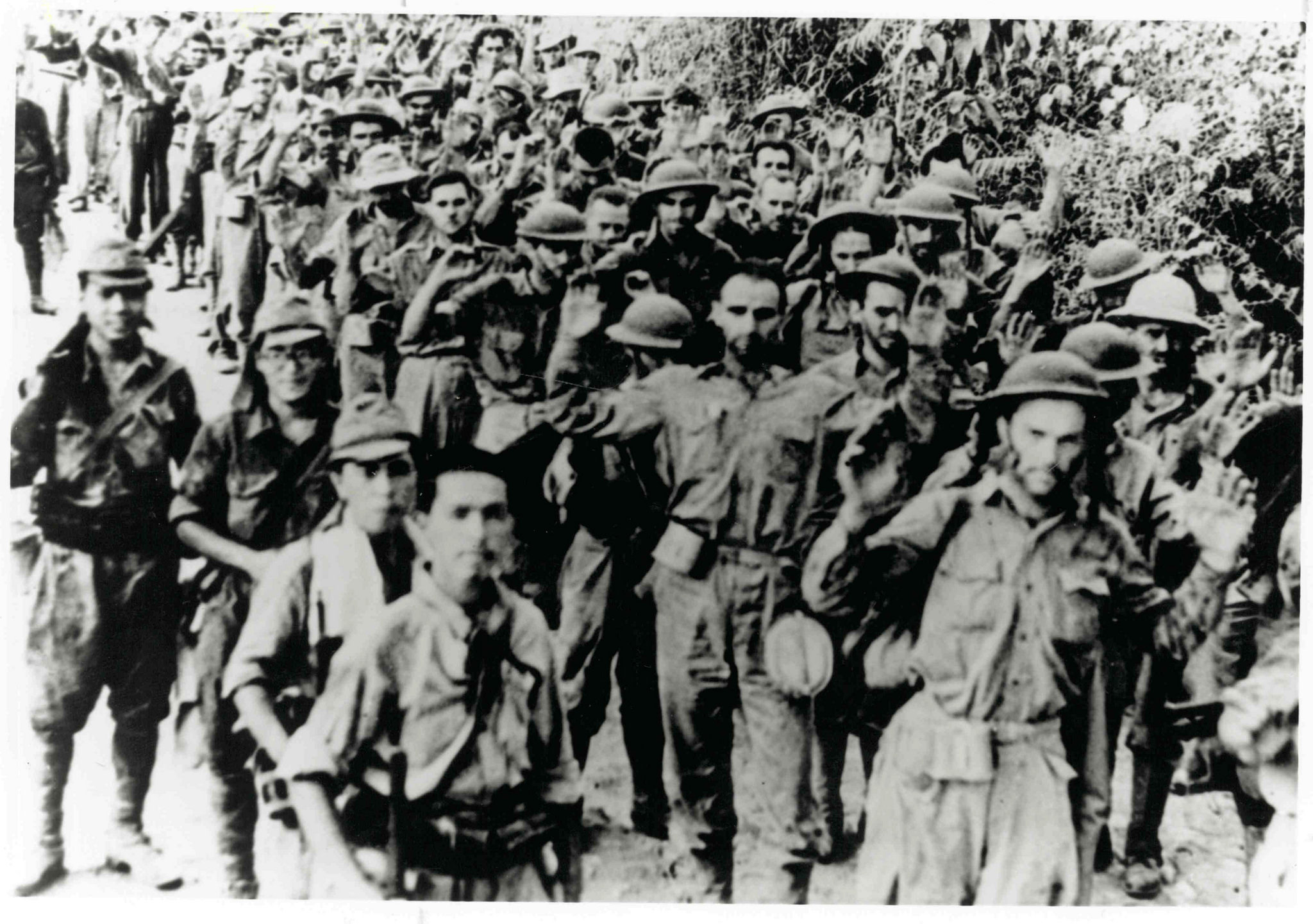
Bataan Death March
With up to 15,000 US soldiers and roughly 60,000 Filipino troops falling prisoner to the Japanese, the Bataan surrender is the largest yet in both American and Filipino history. Unprepared for the large number of prisoners, the Japanese decided to move the captured Philippine-US army by foot to another base located in San Fernando, 140 kilometres away from Bataan.
What followed was a harrowing trek that left thousands of prisoners succumbing to starvation, exhaustion, disease and dehydration. Suffering under the cruel hands of the enemy forces, many prisoners perished along the way.
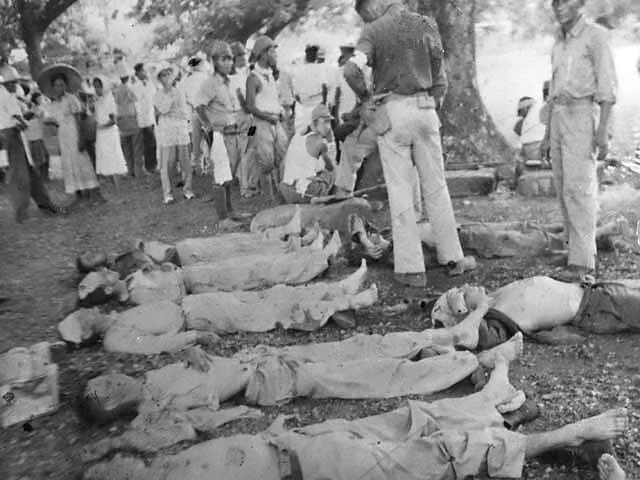
Dead Soldiers
Bataan may have fallen, but it was hardly a defeat for the Philippines. The Philippine-US army fought to the bitter end. And their drawn-out defense of the peninsula kept the enemy forces at bay, buying time for the Filipino and US forces to prepare for subsequent battles and ultimately win the war against the Japanese.
“The defense constructions so painfully put up by the Filipinos and Americans were pulverized, communications lines knocked out, and trees and grass turned to cinders,” writes Teodoro Agoncillo of the Bataan Battle.
“We were so tired,” said one army officer, “that the only way to stay awake was to remain standing.”
“Bataan has fallen, but the spirit that made it stand—a beacon to all the liberty-loving peoples of the world—cannot fall!,” Third Lieutenant Reyes’ voice could be heard saying halfway through his “Voice of Freedom” radio broadcast.
And the same spirit continues to stand tall and proud in Bataan, which is now heralded as a cradle of noble heroes.
Paying Homage to the Heroes of the Past
April 5 to 11, on the other hand, have been declared the Philippine Veterans Week. While it’s business as usual for the rest of the Philippines, a smorgasbord of festivities color the town of Bataan throughout the week.
These national holidays were declared with the aim of promoting and preserving the principles and heroic acts of the Filipino war veterans, and to engender patriotism among Filipinos, especially the youth of the land.
Many of the Filipino soldiers who fought at the Battle of Bataan were all but young boys, most of whom were in high school or college when they were ordered to report for military training. A stark contrast to the youth of today who are enjoying the easy luxuries and freedoms of modern-day Philippines.
So yes, we must definitely pay homage to the heroes of the past. They, after all, helped pave the way for the democracy and peace we are enjoying today. It’s the least we could do.
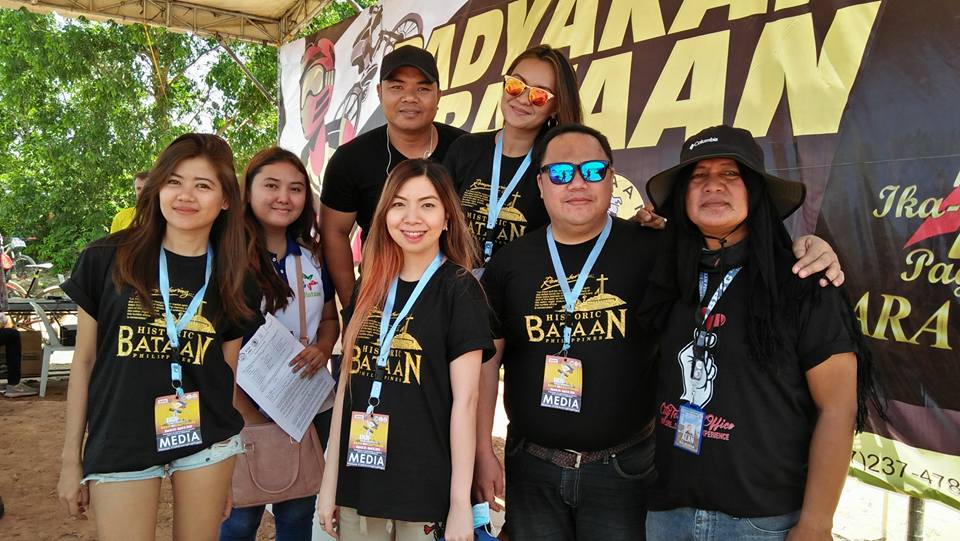
Tahna of Urban Ponder, Via of Encyclopevia, Gel Miranda and Onin Miranda of Euro TV and Net 25, with Paula Erika Gayeta, Roberto Manabat and Alan Balbuena of the Provincial Tourism Office
13th Annual Padyakan sa Bataan
I, together with Via of Encyclopevia and Gel Miranda and Onin Miranda of Euro TV and Net 25, got the chance to experience Bataan leading off to the days of their festivities. Our visit was hosted by the Provincial Tourism Office. Going all out with the festivities, the local government took the effort to host people who could help them get the word out about their commemorative activities and what they stand for. It’s also part of their drive to draw in more tourists.

Yours truly, Tahna of Urban Ponder. I loved that although it was sunny out there, I did not feel drained at all … big thanks to the refreshing mountain breeze!
We were able to witness the 13th Annual ‘Padyakan sa Bataan’. Held on March 25, 2018, it was one of the events that kickstarted the 76th Year of Commemorating the Day of Valor. Presented in cooperation with the Municipality of Mariveles and the Bataan Trailriders and Adventurers Network (BaTAAN), Padyakan sa Bataan is a mountain bike circuit race held at the Karagatan Bay View Peaks. The location offers stunning views of Corregidor, the Bataan mountain ranges, and the West Philippine Sea.
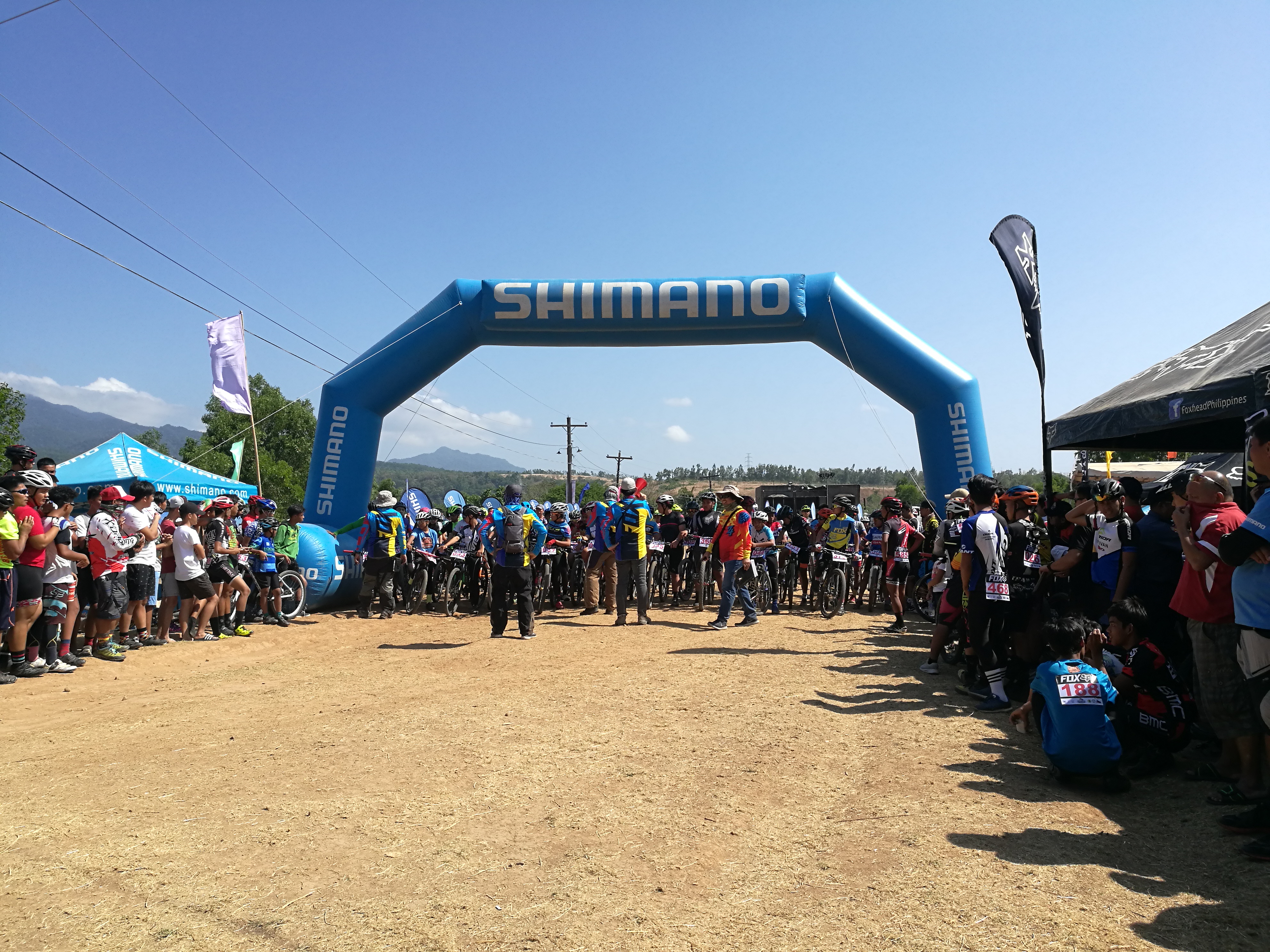
Around 553 bikers participated in the event this year. People from all around the country came to brave the trails of Mariveles. Some were as young as 7 years old!
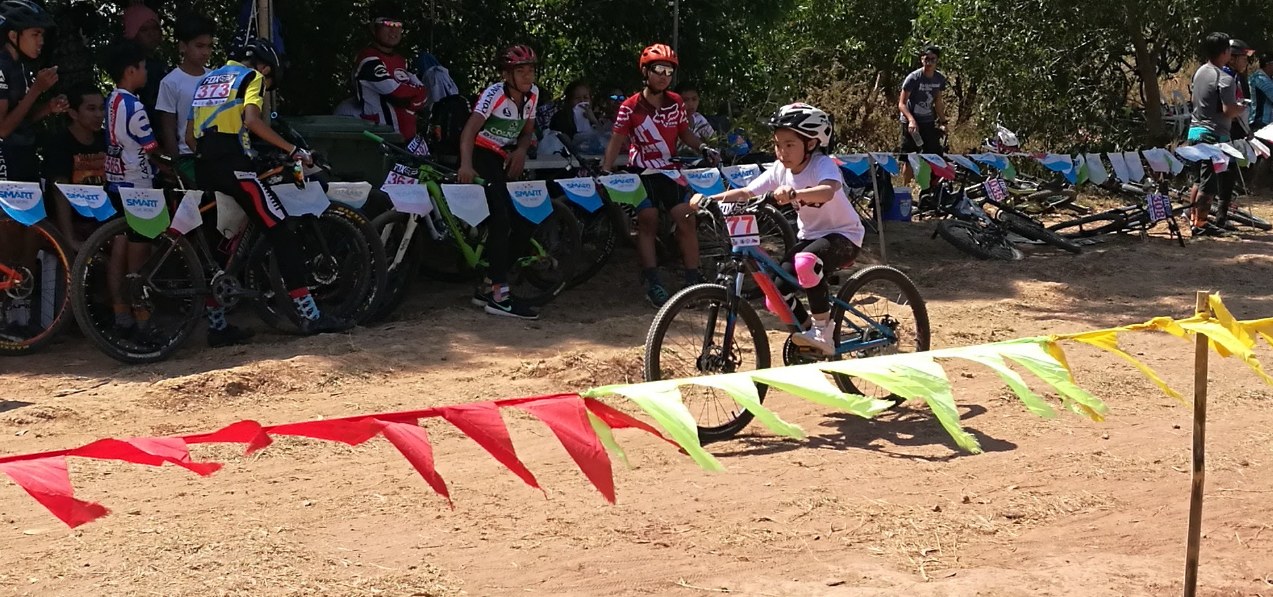
Kids Category (7 to 8)
The race course involved climbs and descents and single and double tracks on a 3km loop. There were 21 categories with varying levels of difficulty and required number of laps. With categories ranging from ‘kids category’ and ‘fun category’ to ‘veteran A – 60 and up category’ to ‘fat bike category’, practically anyone could join the race.
Beyond just paying homage to the heroes of the past, the annual Padyakan sa Bataan also aims to showcase the remarkable beauty of the peninsula’s mountains and seas, as well as the good nature of the Bataeños. And the event has proven to be a success, with avid bikers referring to Mariveles’ bike trail as ‘every biker’s dream’. Those who’ve taken part in races abroad consider the local course at par with those they’ve encountered overseas.
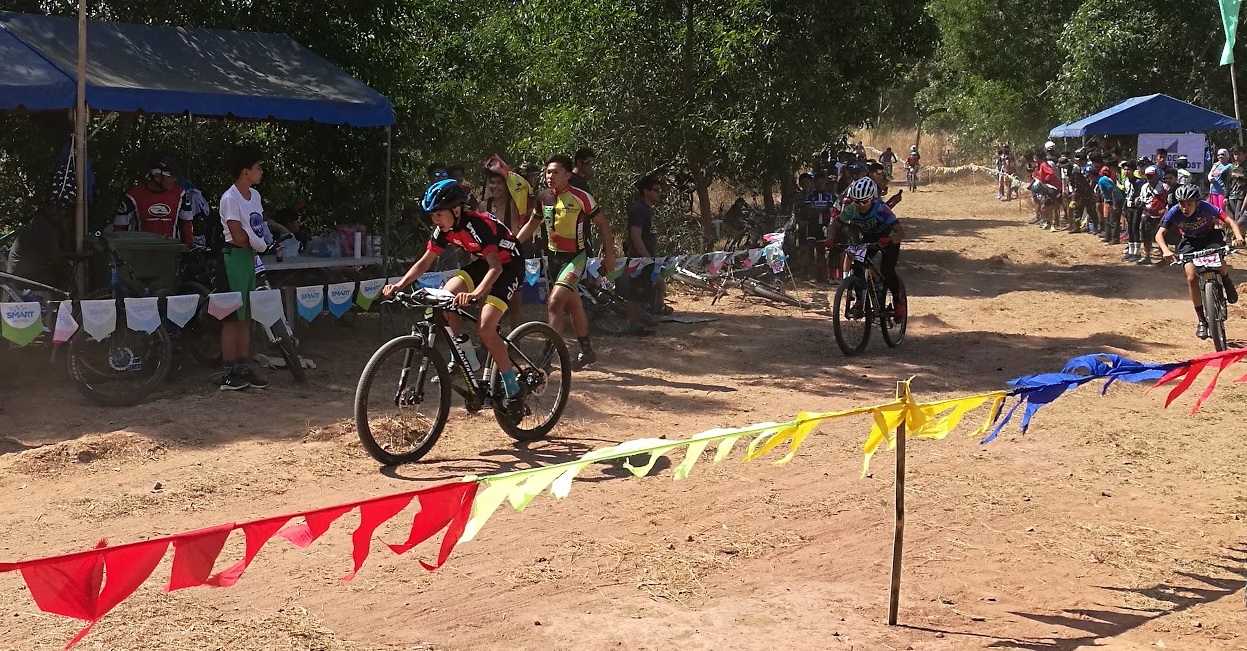
If you are interested in joining next year’s race, feel free to contact and follow the organizers at the Padyakan sa Bataan’s official Facebook page. Registration is FREE!
Other festivities to watch out for are the Freedom Trail, Galing Bataan Trade Fair, History Quiz, Senior Citizens’ Night, Bataan Cooperative and Entrepreneurs’ Night, Parade of Floats, Foot Parade, Military Band Exhibition, Parangal sa mga Beterano, Dugong Bayani blood donation activity, Drum and Lyre Competition, Bataan Freedom Run, Koro Bangkal Mgbikin Concert, National National Commemoration of Araw ng Kagitingan, and Galing Bataan Trade Fair. Feel free to visit Bataan Tourism’s Facebook page for more details.
Bataan – a Preserved Time Capsule
Bataan is mostly known for its colorful history, and has several landmarks to show for it. The Flaming Sword stands tall in the town of Pilar. Symbolizing the Filipino gallantry that paved the way for the country’s democracy and peace, the landmark uses special effects that make it appear like a real flaming sword at night. And there are the two Zero-Kilometer Death March Markers to commemorate the first steps in the Death March and the First Line of Defense Marker to memorialize the united Filipino-US army’s first line of defense.
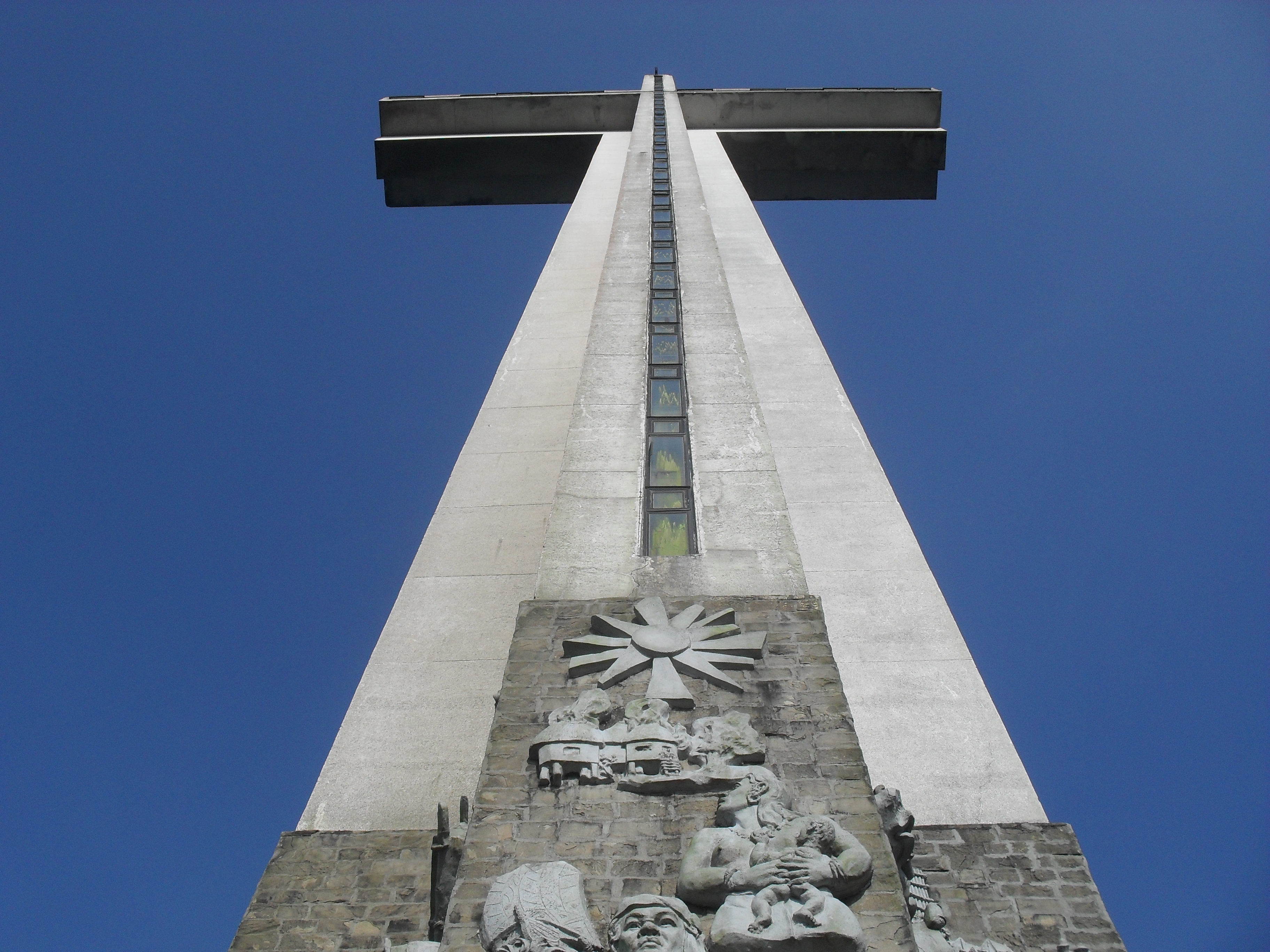
Memorial Cross
But most remarkable is the Mount Samat National Shrine or locally known as the “Dambana ng Kagitingan” (Shrine of Valor), a historical shrine located in the town of Pilar.
Standing tall and proud on Mount Samat is the Memorial Cross, an iconic structure that is as tall as the Statue of Liberty in New York. The center of attraction at the Shrine of Valor, the towering structure is made of steel and reinforced concrete and has an elevator that will take you to the viewing gallery at the arm of the cross.
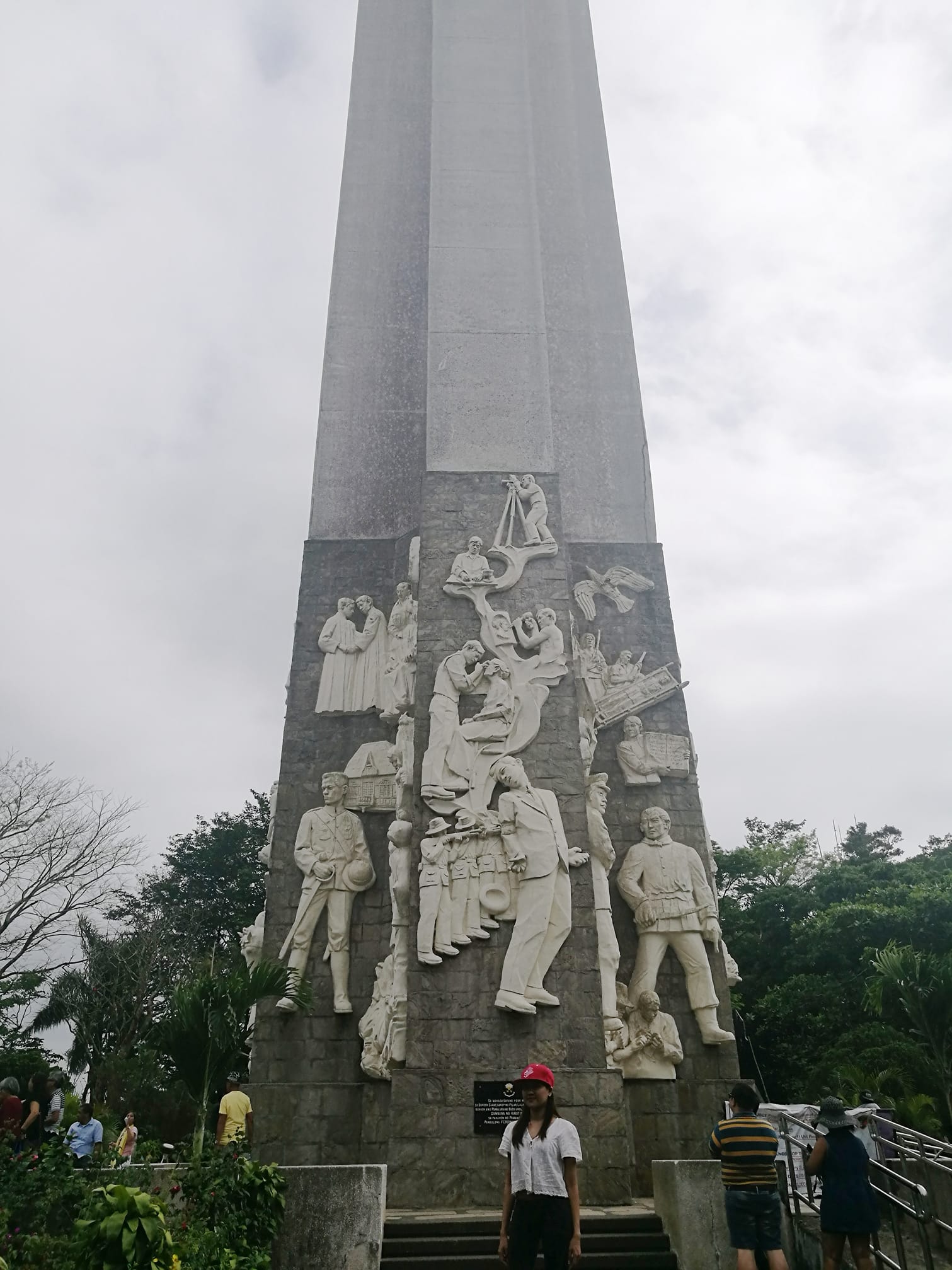
At the base of the cross lies an 11-metre high relief that portrays crucial scenes in Filipino history. Designed by Napoleon Abueva, the sculptural slabs tell the story of the Battle of Bataan, the first parachute landing by the 511th infantry regiment, the death of the national hero Jose Rizal, among others.
The Shrine of Valor is located in an area of 73,665 hectares, and also features a Colonnade. The marble colonnade is designed by Lorenzo de Castillo and is surrounded by an open esplanade that displays the story of the Battle of Bataan at both ends. Within the colonnade itself, you’ll find an altar, two bronze urns, and large stained glass windows that symbolize ‘The Call to Arms’, ‘The Supreme Sacrifice’, and ‘Peace’ – all products of the creative genius of Filipino artist Ceno Rivera. Beneath the colonnade, you’ll find the shrine’s museum which showcases historical artifacts from the war, including several weapons and photos illustrating the battle.
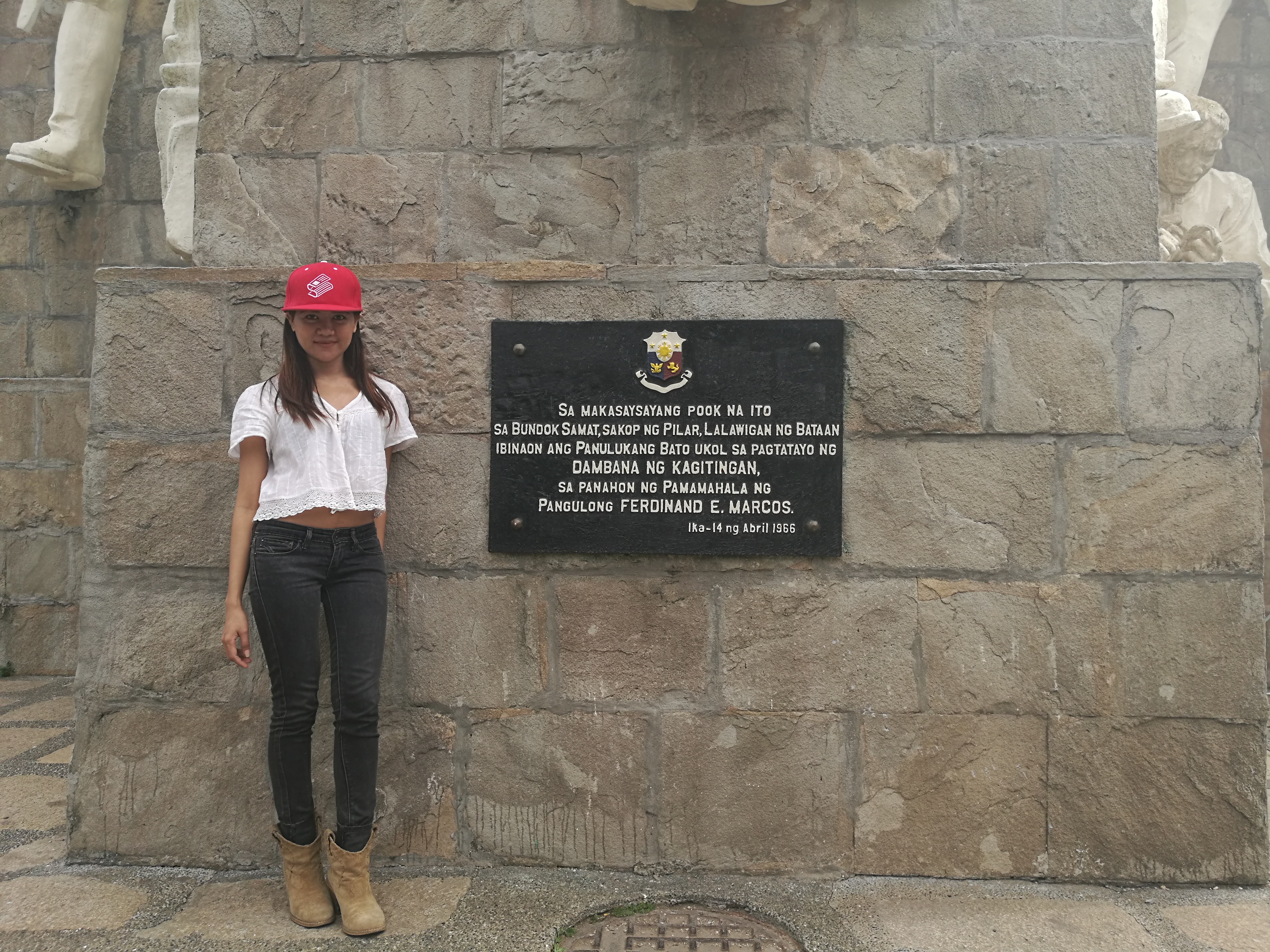
Shrine of Valor
The Shrine of Valor was commissioned in 1966 by then President Ferdinand Marcos. Built to memorialize the bravery and struggles of the Filipinos who fought and died during World War II, the Shrine of Valor was completed in 1970 in time for the celebration of the 25th anniversary of the end of World War II.
The site of the most vicious battle against the Japanese Imperial Army, Mount Samat is a fitting location for the historical shrine. Not to mention the fact that it offers amazing panoramic views of Corregidor Island, Mount Mariveles, and even Manila across Manila Bay. The place also offers stunning sunset and sunrise views. President Ferdinand Marcos himself is said to have frequented the place to just lounge and enjoy its tranquility and majestic views.
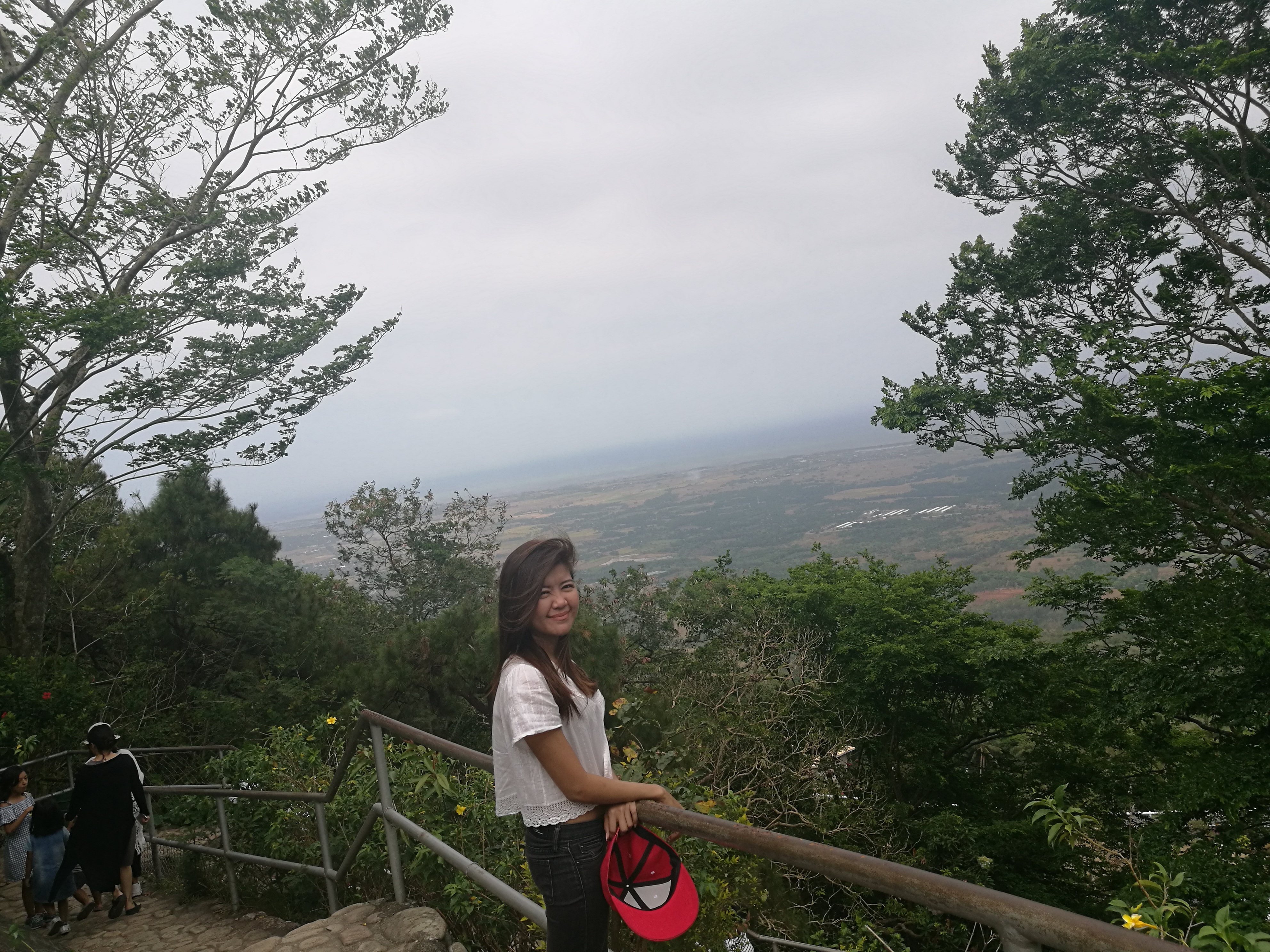
Beyond just being a cradle of heroes and a preserved time capsule, Bataan is also a rising ecotourism destination. Our hosts treated us to a stay at the Playa La Caleta, an ecotourism resort that remains to be a hidden gem. It’s a cove that has a long stretch of white beach, waist-deep turquoise waters, three waterfalls, and many others. Read here to learn more about this paradise resort.
Follow Urban Ponder on Facebook for more interesting stories and informative articles!  Simply press the ‘Like’ button below.
Simply press the ‘Like’ button below.
Author: Tahna de Veyra
Voracious eater. Coffee dependent. Book sniffer. Music addict. Profound thinker. Certified ambivert. Life-hungry maverick. Nonchalant realist. Hesitant blogger.

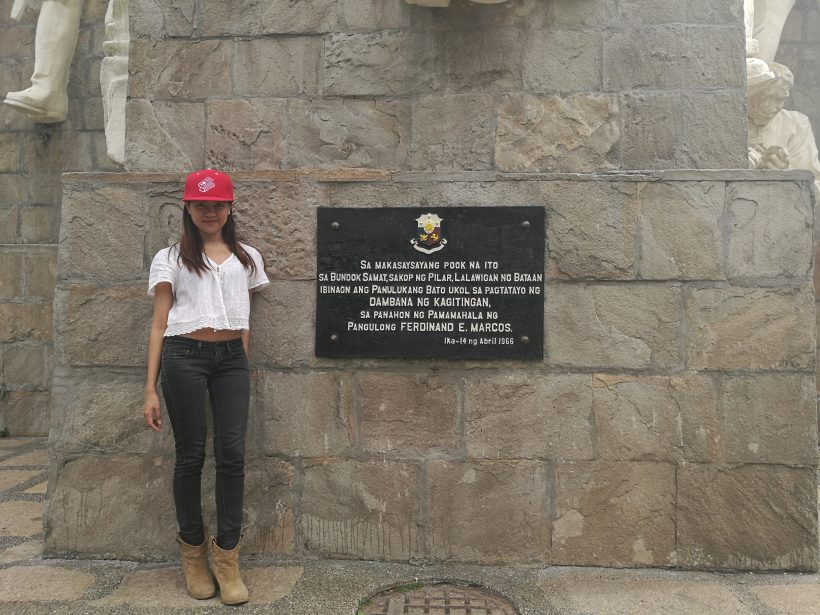
What a meaningful and interesting place to go!